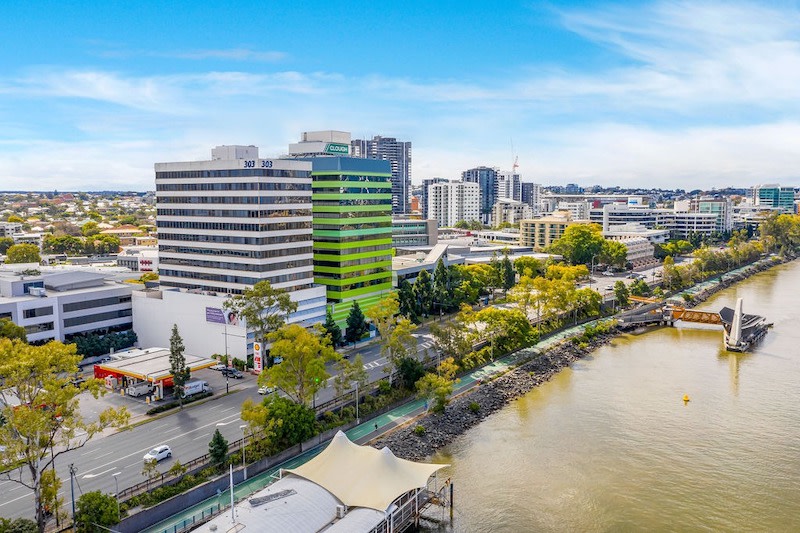Queensland Apartment Pipeline Hits Historic Low

Surging construction costs and ongoing labour shortages are having a big impact on new construction starts as the Sunshine State faces its smallest apartment pipeline in recent memory.
The cost of building apartments increased 14 per cent in the 2025 financial year, forcing an increase in average cost per unit to $713,000.
For the first time, the average apartment construction costs in Brisbane have hit the highest point on record, outpacing Sydney and Melbourne.
But it’s not just construction pricing that is proving problematic in South-East Queensland.
Apartment sites are also in short supply, according to research from RPM Group.
RPM Queensland director of transactions James Matley said that the constrained supply was creating concentrated interest for parcels of land that do make it to market.

Matley said the recent campaign for a 1430sq m site at the corner of Coronation Drive and Lang Street had attracted 130 enquiries and six competitive offers from private builders, developer syndicates, institutional investors and offshore capital.
Matley said the supply squeeze was also compounded by declining unit starts and registrations.
RPM data shows just 2123 units were begun in the first quarter of 2025, while only 862 new apartments were registered across South-East Queensland in the second quarter.
“The combination of rising build costs, record low supply and a pipeline worth tens of billions creates the perfect storm for competition
over well-located development sites,” Matley said.
Rising costs are making more affordable, lower-revenue projects increasingly unfeasible for developers. The focus remains heavily skewed to the more lucrative high-end downsizer market.
Downsizer market still running hot
RPM data shows that most new apartments in SEQ are mid to large, with two and three-bedroom units dominating supply.
Smaller units, under 75sq m, now account for just 3 per cent of stock, highlighting the shift towards higher revenue, premium products.
Population growth is also underpinning demand for apartments.
Almost 100,000 new residents moved into SEQ during the year to March 2025, accounting for nearly a quarter of Australia’s total population
growth.
“Migration-led growth, infrastructure investment, and continued demand for quality apartments mean that developers who secure the right
sites now are well positioned for the long term,” Matley said.
“For developers, securing the right parcel means positioning for success in a market with high demand and tight supply.”
ANZ associate director of property Daniel Gradwell said the builder-developer model continued to proliferate in South-East Queensland as cost management became a far bigger issue.
And traditional banks have increasingly supported the move.
“From a finance perspective, the gap between lending for a developer-builder versus a third-party builder has really closed,” Gradwell said.
“The industry has standardised processes and due diligence, so banks feel confident supporting these projects.”
Gradwell said the move towards bigger, more luxurious apartment projects and away from investor-grade one-bedroom apartments had been an acknowledgement of the requirement for diversity of housing.
“There is recognition that the market needs a larger range of product types from townhouses to low, medium, and high-density apartments—including two and three-bedroom units. Three-bedroom units are still in short supply nationally.”
Builder solvency still under microscope
Gradwell said builder insolvencies were still a key challenge within finance.
“Construction costs are the obvious [challenge], but the bigger
piece is around builders,” he said.
“Insolvencies are still high, so we need to be confident in both the developer and builder, particularly when they are entering a new market.
Presales requirements have also eased.”
Building approvals in Queensland strengthened in the year to July 2025, with all three main residential types recording gains.
Townhouse approvals rose most sharply, up 28 per cent on the previous year, while apartment approvals saw a similar increase.
Detached house approvals grew more moderately, climbing 10 per cent over the same period.













